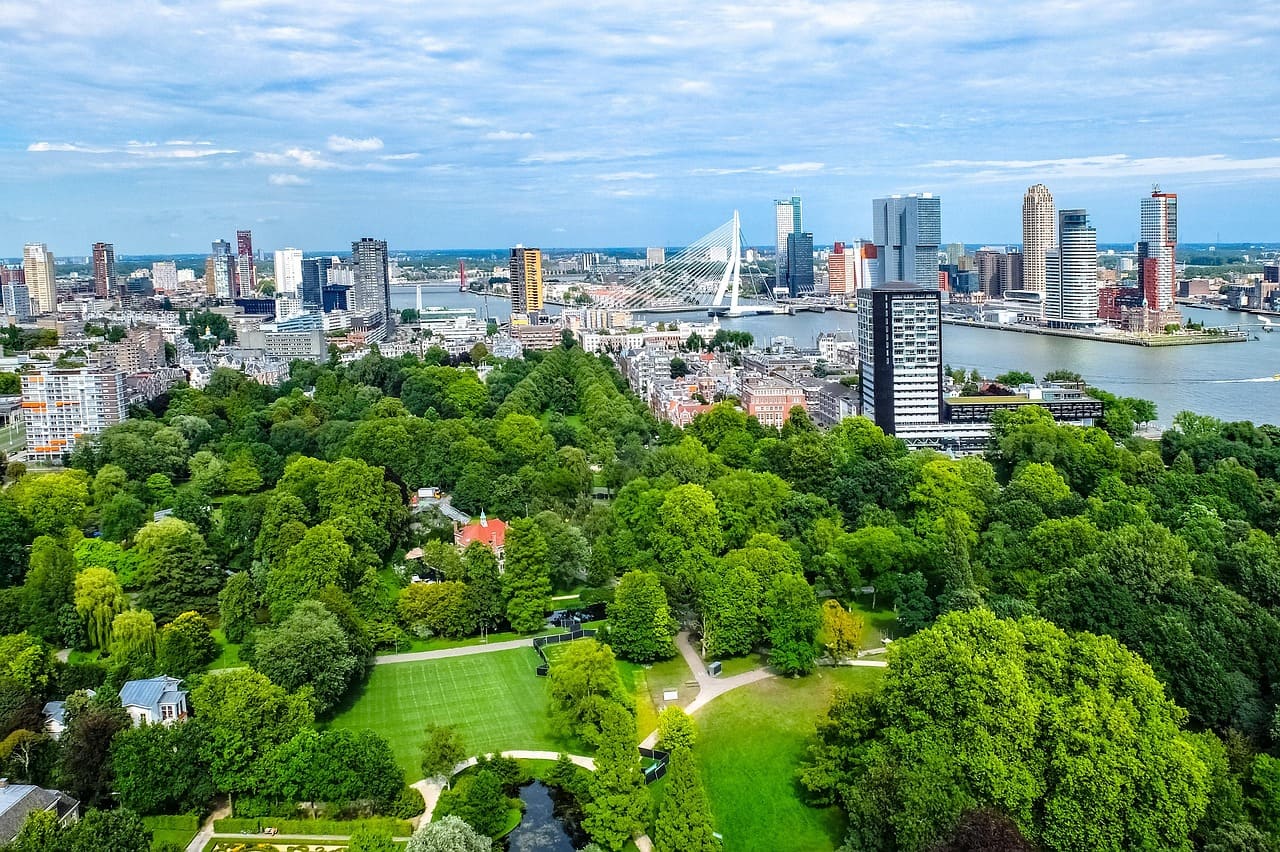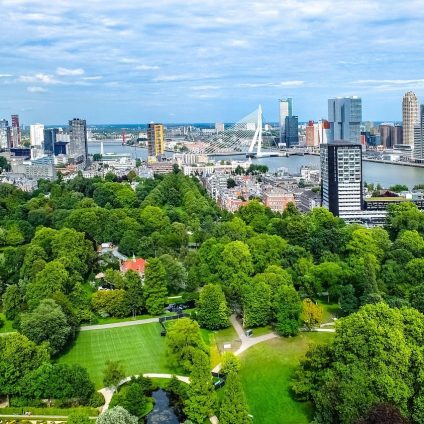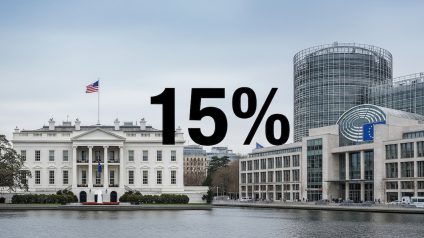Urban greenery has a measurable impact on human health, significantly reducing mortality rates. This conclusion comes from a 20-year study examining urban areas across the globe. These findings are especially relevant considering that extreme heat is not an isolated event but part of a growing global trend.

Global warming and human health impacts
Where there is more urban greenery, people live healthier and longer lives. A 30% increase in vegetation across European cities could have prevented nearly 400,000 deaths over the last two decades. But this is not just a European issue. Trees act as life-saving infrastructure in cities around the world.
Urban trees provide a cooling effect, which is increasingly critical as global temperatures rise due to climate change.
2024 was the hottest year on record
In both Italy and worldwide, 2024 has been officially recognized as the hottest year ever recorded. It marked the first time that the global annual average temperature reached +1.5°C above pre-industrial levels.
Unfortunately, this milestone is not an isolated event. It is part of a troubling trend. The years from 2015 to 2024 have been the hottest since 1880, the beginning of consistent global temperature measurements.
Europe is warming at twice the global average rate, making it the fastest-warming continent on Earth.
With heat exposure posing an increasing public health risk, expanding urban greenery is a key mitigation strategy. Trees help lower temperatures and reduce the link between extreme heat and mortality.
A 20-year study on the effects of urban greenery
An international study titled Estimating the urban heat-related mortality burden due to greenness: a global modelling study, led by Monash University in Australia and published in The Lancet Planetary Health, confirms the critical role of urban greenery in protecting public health.
Using two decades of modeling data from over 11,500 urban areas, researchers found that a 30% increase in urban greenery worldwide could have prevented 1.16 million deaths between 2000 and 2019.
During that period, heat-related deaths totaled 500,000, or 0.91% of global mortality. Projections show that, with rising temperatures, heat-related deaths could increase by 2.5% in northern Europe and by 16.7% in Southeast Asia between 2090 and 2099.
The study analyzed three scenarios of urban greenery expansion: 10%, 20%, and 30%. The projected average summer temperature reductions across global populations were 0.08°C, 0.14°C, and 0.19°C, respectively.
These temperature drops would correspond to reductions in heat-related deaths of 0.86 million, 1.02 million, and 1.16 million, which equates to 27.16%, 32.22%, and 36.66% of global heat-related deaths during 2000–2019.
More trees, fewer deaths
The research also took into account factors like climate, vegetation type, socioeconomic conditions, and demographic profiles to understand the broader health impact of urban greenery.
According to the study, urban areas in South Asia, Eastern Europe, and East Asia would see the most significant decline in heat-related mortality.
The estimated number of preventable deaths with a 30% increase in urban greenery includes:
- 396,955 in Europe (including 37,616 in Italy)
- 527,989 in Asia
- 123,085 in Latin America and the Caribbean
- 69,306 in North America
- 35,853 in Africa
- 2,733 in Oceania
How greenery cools cities
How does greenery reduce urban heat? Trees and vegetation lower temperatures by providing shade, reflecting solar radiation, and releasing moisture into the air through evapotranspiration. This process promotes air convection, drawing cooler air downward and improving thermal comfort.
This is the first global study to connect urban greenery, heat, and mortality directly. Previous research has considered these factors separately.
The study relied on data from the Multi-Country Multi-City (MCC) Collaborative Research Network and measured vegetation using NASA’s Enhanced Vegetation Index, a satellite-based metric.
The most important finding: increasing urban greenery significantly reduces heat exposure and its adverse effects on human health.












